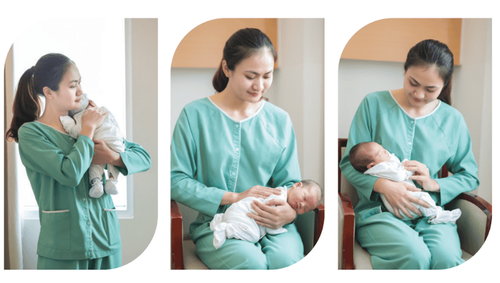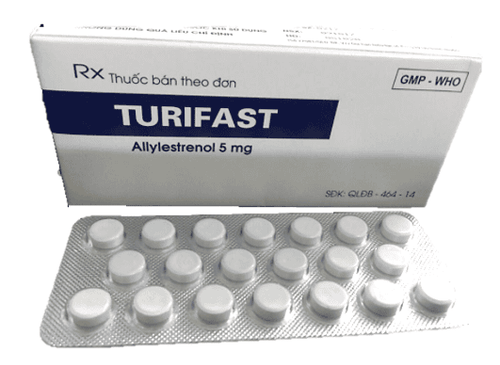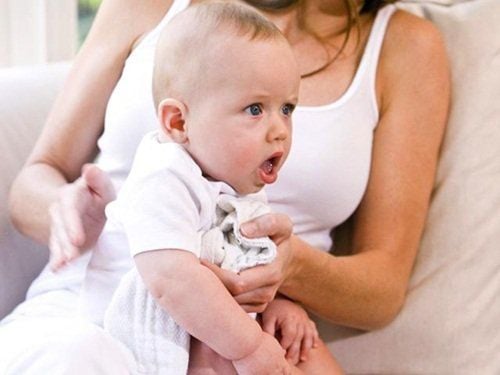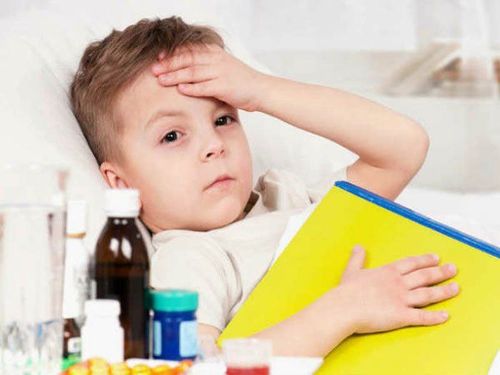This is an automatically translated article.
This article is professionally consulted by Master, Resident Doctor Dang Thi Ngoan - Pediatrician - Neonatologist - Department of Pediatrics - Neonatology - Vinmec Ha Long International Hospital.Baby temperature disorders like fever (hyperthermia) or hypothermia are the most frightening symptoms for parents, especially when the fever is high or the baby is only a few weeks old.
1. Hyperthermia in infants
Cause
Fever is not a disease but a symptom of many diseases. A fever usually indicates that the body is fighting an illness and that the immune system is working. In most cases, a child's fever is usually caused by a cold or a viral infection. Other less common illnesses such as pneumonia, urinary tract infections, ear infections, or more serious infections such as bloodstream infections or meningitis can also cause fever. Other causes of fever in infants include:
Side effects from vaccinations It is too hot weather, wearing too warm clothes or being outside for long periods of time on hot days Symptoms
Common signs of fever in babies Newborns have a warm forehead, but if they don't have this sign, it doesn't mean they don't have a fever. Your baby may also be more irritable and fussy than usual. Other symptoms associated with fever in newborns include:
Poor sleep Poor appetite Lack of interest in playing Less activity or even lethargy Convulsions Most infants have an average body temperature of approx. 36.5°C to 38°C. Fever occurs when a baby's body temperature rises above 38°C. The baby's temperature may rise slowly above 38°C for a few days or it may rise very quickly.
When to call the doctor?
According to the American Academy of Pediatrics (AAP), call the doctor if your baby is:
Under 3 months old and has a fever Lethargic and unresponsive Have breathing or feeding problems Very irritable or has trouble keeping calm Static Rash There are signs of dehydration, like diapers are less wet, dry mouth, no tears when crying or fontanel indent Convulsions What should I do if my child has a fever?
If your baby is under 1 month old and has a fever, contact your doctor or go to a medical facility immediately. For older children, try these suggestions:
Bathe your baby with warm water - always test the temperature of the water with your wrist before washing your baby. Dress your baby in loose and airy clothes. Give your baby enough water to avoid dehydration. These fluids must be breast milk, formula, electrolyte solutions, or water. If the baby is older than 6 months and the doctor has examined and found no other underlying medical conditions, you can give your baby Paracetamol or ibuprofen (Hapacol or Brufen). Never give aspirin to a child with a fever because it increases the risk of Reye's syndrome.

2. Hypothermia in infants
If the baby's temperature drops below 36.5°C, it is considered hypothermia or low body temperature. Low body temperature in infants can be dangerous and, although rare, can lead to death.
Symptoms
In addition to low body temperature, symptoms of hypothermia in infants include:
Lethargy, lethargy Poor feeding Weak crying Pale skin, cold or cool skin Difficulty breathing Cause
Preterm birth and low birth weight
Infants born less than 28 weeks or infants less than 1.5 kg are more likely to develop hypothermia soon after birth compared with infants of normal weight and full term. The reason is that these babies have a larger skin-to-weight ratio than full-term infants, leading to premature babies prone to hypothermia. Other contributing factors are:
Lack of fat insulation Immature nervous system Inability to conduct heat efficiently Cold delivery room
Many babies, even full term, are born with basal body temperature The body temperature is almost hypothermic because the temperature in the delivery room is cold, so it quickly causes the baby's body temperature to drop.
Hypoglycemia
Hypoglycemia is a condition in which there is too little glucose or sugar in a child's blood. Glucose is used by the body for energy. A baby may have low blood sugar at birth or shortly after due to an infection, birth defect, or the mother's health during pregnancy.
Infections
Some serious infections are associated with a drop in body temperature. For example, meningitis, an inflammation of the membranes surrounding the spinal cord, can sometimes cause a fever in babies, but in other cases it can cause a lower-than-normal temperature. Or sepsis, which is a bacterial disease, often causes hypothermia in infants.
What should I do if my child has hypothermia?
If you suspect your child has a low body temperature, the first thing you should do is take his or her temperature. A rectal temperature may be more accurate, but if you don't have a rectal thermometer, you can use an armpit thermometer. Never use an armpit thermometer to take a rectal temperature or vice versa.
If your baby's temperature is low and even though you have dressed, raised the room temperature with an air conditioner or swaddled the baby's temperature, the baby's temperature does not rise, call the doctor or go to the Medical facility immediately.
Doctor Dang Thi Ngoan used to be a lecturer in the Department of Pediatrics - Hai Phong University of Medicine and Pharmacy. Having been granted certificates in Pediatrics at home and abroad such as: Westmead Hospital, Australia; Hai Phong Medical University. Currently, Doctor Ngoan is a pediatrician - neonatologist at the Department of Neonatology at Vinmec Ha Long International Hospital.
Please dial HOTLINE for more information or register for an appointment HERE. Download MyVinmec app to make appointments faster and to manage your bookings easily.
Reference source: Webmd.com; Pregnancybirthbaby.org.au
MORE:
Neonatal hypothermia: Causes, symptoms, diagnosis and treatment First aid for sudden hypothermia What is hypothermia and how is it used? ?














